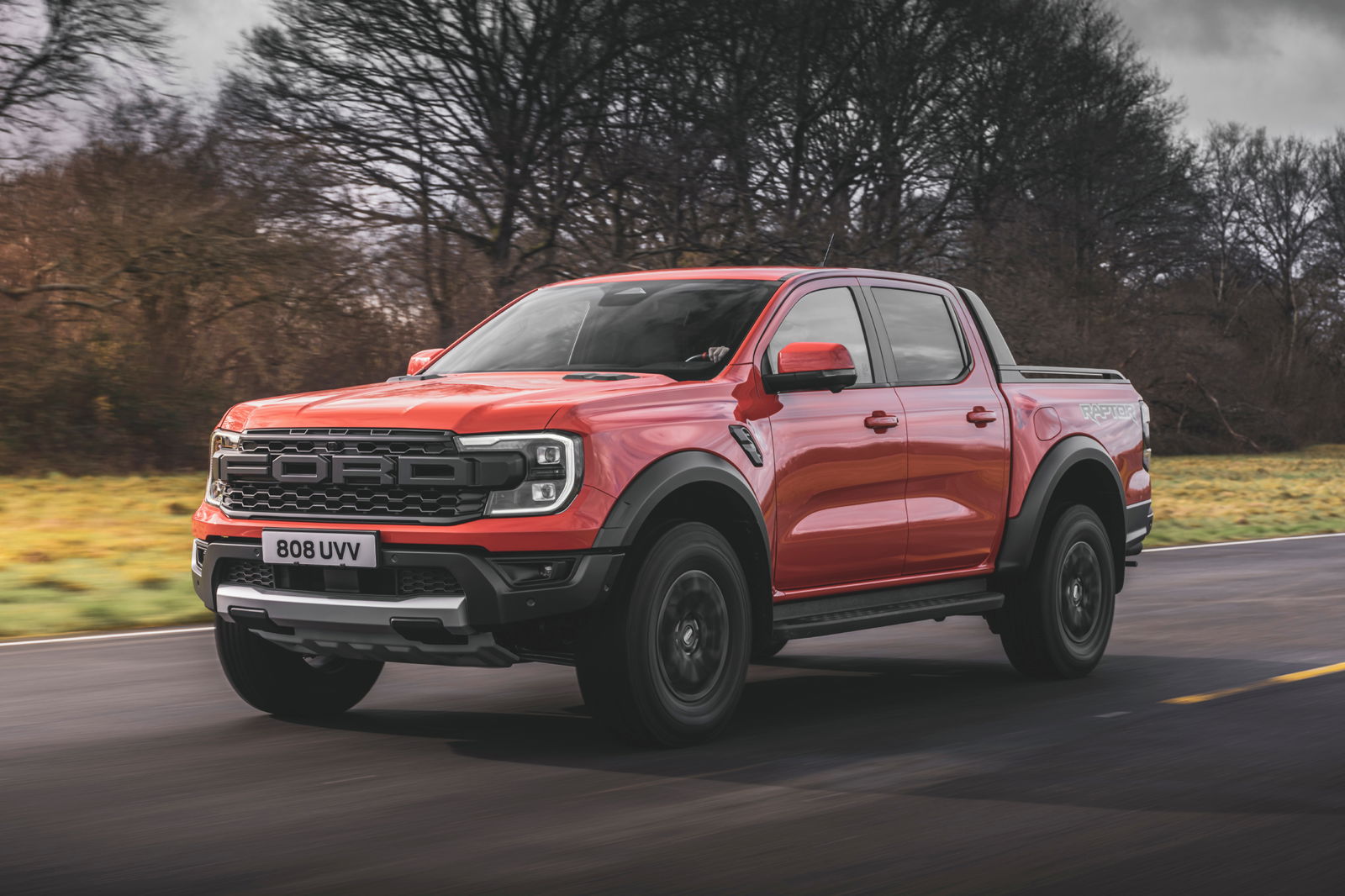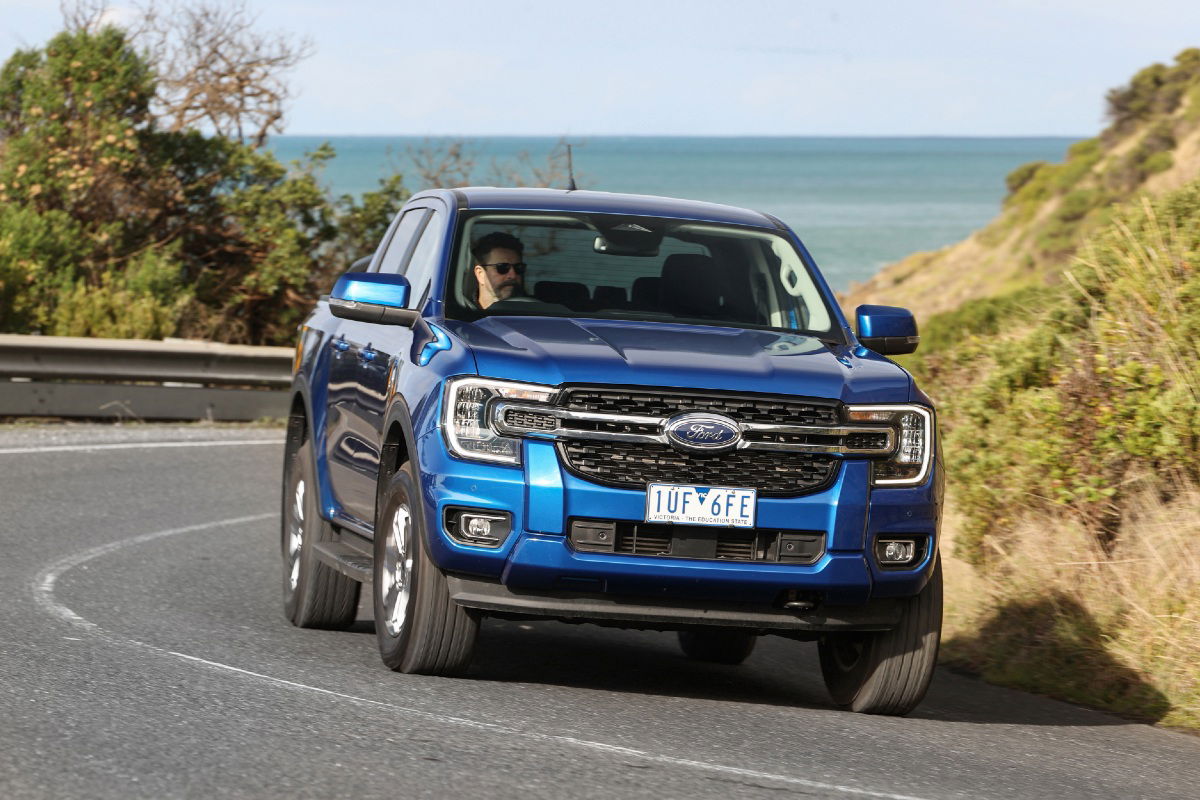UK publication Professional Pickup reported Ford will remove the Ranger’s 2.0-litre four-cylinder engine from the nation’s model lineup in 2026, impacting both the single-turbo and bi-turbo diesel engines.
Instead, the Ranger will only be available with the larger 3.0-litre turbo-diesel V6, as well as the new 2.3-litre four-cylinder petrol plug-in hybrid (PHEV) powertrains, pushing the price of entry up for buyers. These changes have now been confirmed to also apply in Europe.
The UK and European market Raptor is also set to lose the option of a bi-turbo diesel engine, instead being exclusively powered by a 210kW/500Nm version of the twin-turbo 3.0-litre ‘EcoBoost’ petrol V6, which is detuned in the region to meet emissions standards.
The same engine produces 292kW and 583Nm in Australia where it has been the only engine on offer since the launch of the current-generation model in 2022.

While the changes to the Ranger lineup in the UK and Europe mark a significant shift, Ford Australia says it has no plans to make the same move locally.
“To better meet the needs of Ranger pickup customers in Europe, and to align with future EU emissions regulations, Ford of Europe is introducing a number of changes to its Ranger and Ranger Raptor product lineups,” a Ford Australia spokesperson told Torquecafe.
“There is no news to share about changes to the Australian line-up.”
The UK and European Rangers are exclusively sourced from South Africa, while all Australian-market Rangers – except the PHEV – come from Thailand.

It’s not yet known whether the announcement will lead to changes at the South African plant, which is the exclusive producer of the Volkswagen Amarok globally.
Ford’s decision to kill off the 2.0-litre engines in the regions comes despite the pair having the lowest claimed carbon dioxide (CO2) emissions out of the available turbo-diesel powertrains on offer. In the UK, the single-turbo is claimed to emit 223g/km, the bi-turbo emits 271g/km and the V6 emits 277g/km.
However, in Australia at least, the V6 is a more popular option, making it more financially viable to keep alive. If this is also the case in the UK and Europe, Ford has reason not to axe its more profitable offering.

The Ranger’s popularity is also set to be put to the test in Australia, where the New Vehicle Efficiency Standard (NVES) penalties are about to come into effect, as of July 1. This will see carmakers fined $100 per every vehicle which is over certain emissions targets.
For ‘Type 2’ vehicles such as the Ranger, this means a target of 210g/km in 2025, 180g/km in 2026, 150g/km in 2027, 122g/km in 2028 and 110g/km in 2029.
At present, the diesel Ranger’s official tailpipe CO2 emissions figures vary in Australia, ranging between 199-211g/km for the single-turbo four-cylinder, 182-189g/km for the bi-turbo four-cylinder and 222g/km for the V6. The Raptor emits 262g/km and the PHEV manages 66g/km.












Discussion about this post